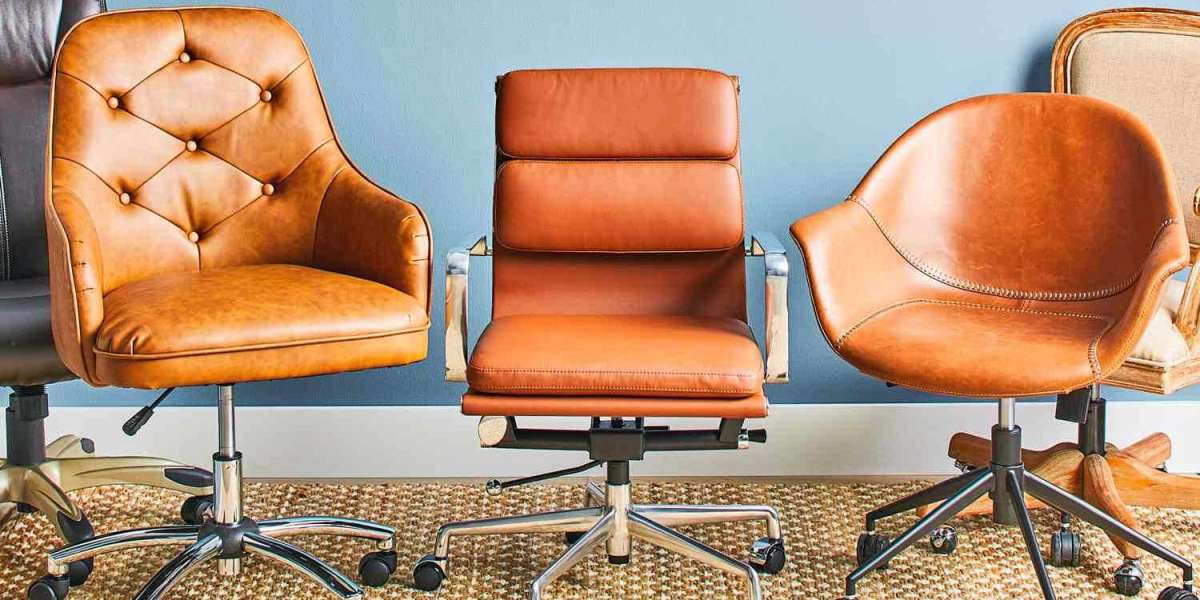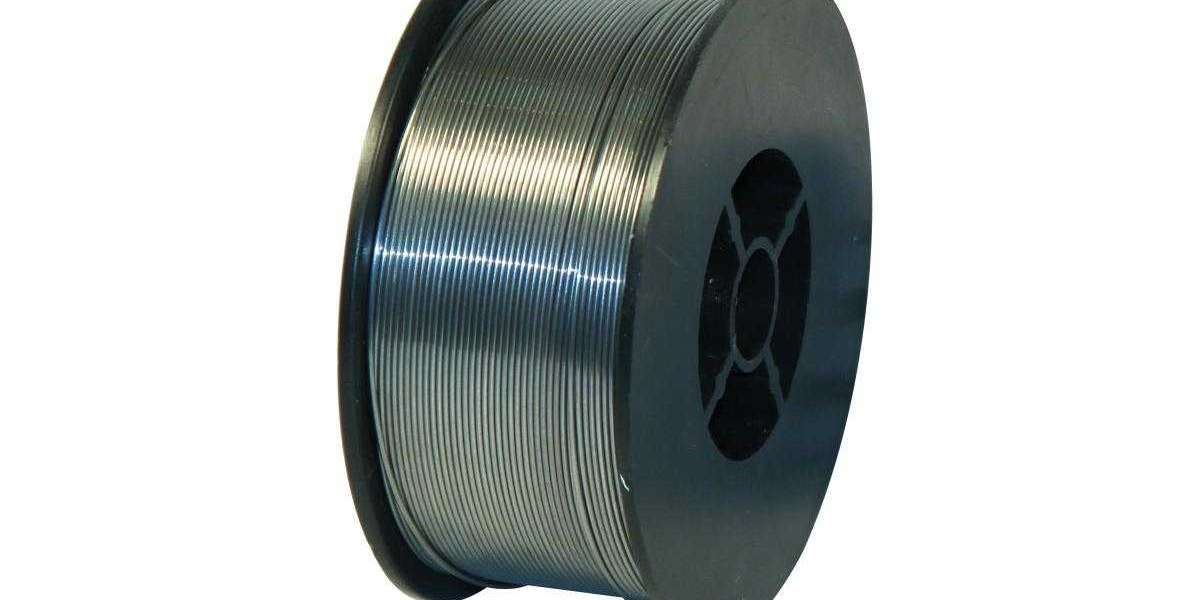In today’s fast-paced and demanding work environments, the design and functionality of office furniture have become more critical than ever. A well-designed workspace can significantly influence employee productivity, comfort, and overall well-being. This has given rise to the concept of ergonomic office furniture—an essential solution for modern workspaces that prioritize both efficiency and health.
What is Ergonomic Office Furniture?
Ergonomic office furniture is designed to support the user’s body in a natural, healthy posture during work hours, reducing strain and preventing discomfort that can lead to long-term health issues. Unlike traditional furniture, which focuses primarily on aesthetics or basic utility, ergonomic pieces take into account factors such as posture, movement, and individual body needs. The goal is to reduce physical stress and discomfort, ensuring a healthier and more productive work environment.
Key Components of Ergonomic Office Furniture
Ergonomic Chairs
One of the most important pieces in any office is the chair, as employees typically spend hours sitting while working. An ergonomic chair provides critical lumbar support, encourages good posture, and can be adjusted to suit the user’s height and sitting style. Features such as adjustable seat height, armrests, and backrests are essential. A chair should ideally allow the user’s feet to rest flat on the floor, with knees at a 90-degree angle and the lower back adequately supported.Height-Adjustable Desks
A height-adjustable desk, also known as a sit-stand desk, allows users to alternate between sitting and standing positions throughout the workday. Studies have shown that sitting for long periods is detrimental to health, contributing to issues like back pain and cardiovascular problems. Height-adjustable desks give workers the flexibility to shift positions, which can help prevent fatigue and improve circulation. This versatility makes them an excellent addition to any modern office.Ergonomic Keyboards and Mouse Devices
Ergonomic keyboards and mouse devices are designed to minimize strain on the wrists and hands, preventing conditions like carpal tunnel syndrome. Split or curved keyboards allow the arms and wrists to remain in a natural position, while ergonomic mice reduce the strain placed on the hand and forearm during repetitive tasks. These tools are vital for employees who spend a significant amount of time typing or working on a computer.Monitor Stands and Adjustable Arms
An often overlooked aspect of ergonomic office setups is the placement of computer monitors. A monitor that is too low or too high can cause neck and eye strain. Monitor stands and adjustable arms allow users to position their screens at eye level, ensuring that they can work comfortably without straining their neck or eyes. These tools also free up valuable desk space, making the workstation more organized and efficient.
Benefits of Ergonomic Office Furniture
Improved Employee Health
By providing furniture that encourages proper posture and reduces physical strain, companies can help prevent common workplace ailments such as back pain, neck strain, and repetitive stress injuries. This leads to fewer sick days, less absenteeism, and a healthier, more engaged workforce.Enhanced Productivity
When employees are comfortable and pain-free, they are better able to focus on their tasks. Ergonomic office furniture minimizes distractions caused by discomfort, allowing workers to concentrate and complete their work more efficiently. Studies have shown that businesses that invest in ergonomically designed workstations see noticeable improvements in employee performance.Boosted Morale and Employee Satisfaction
Investing in ergonomic office furniture demonstrates a company’s commitment to employee well-being. When workers feel valued and cared for, they are more likely to be satisfied with their jobs, leading to higher retention rates and better overall workplace morale. A positive work environment not only helps attract new talent but also fosters loyalty among current employees.Cost Savings in the Long Run
While ergonomic furniture may have a higher upfront cost compared to traditional options, the long-term benefits far outweigh the initial investment. Reduced absenteeism, fewer work-related injuries, and increased productivity all contribute to substantial cost savings over time. Additionally, ergonomic furniture is typically built to last, reducing the need for frequent replacements.
Adapting to the Future of Work
As remote work becomes more prevalent, the demand for ergonomic office furniture is expanding beyond traditional office spaces. Home offices now need the same level of attention to design and comfort to ensure that employees can work effectively from anywhere. Many furniture companies are responding to this trend by offering compact, stylish ergonomic solutions that fit seamlessly into home environments, blending functionality with aesthetics.
Conclusion
Ergonomic office furniture is no longer just a luxury—it is a necessity in today’s modern workplaces. From adjustable desks to supportive chairs and innovative computer accessories, ergonomic solutions prioritize the health and well-being of employees while boosting productivity. Investing in ergonomic office furniture not only improves individual performance but also demonstrates a company’s commitment to creating a supportive, comfortable, and efficient workspace. As work environments continue to evolve, ergonomic design will remain at the forefront of modern workspace solutions, shaping the future of how we work and thrive.








